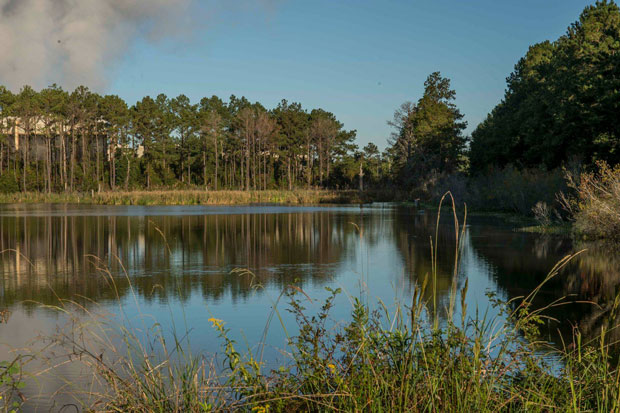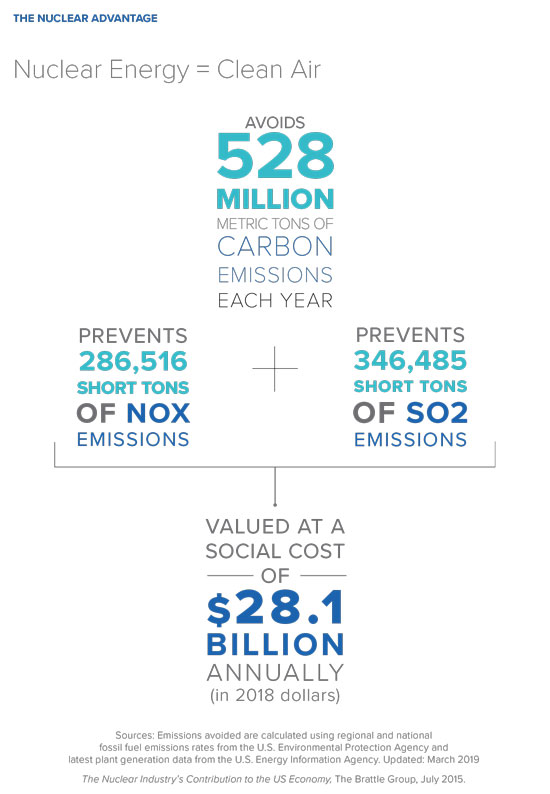Commitment to environment helps wildlife thrive
<p>For wildlife species to thrive at Plants Farley, Hatch and Vogtle, each of the sites have wildlife management plans to ensure essential habitat components of food, water, cover and space are maintained. The plans are implemented by environmental staff, foresters and plant employees and supported by outside organizations who work to maintain long-standing projects and implement new initiatives designed to conserve the land and educate employees and residents on the benefits of sound land management. </p>
<p>Southern Nuclear and Southern Company have a large portfolio of environmental stewardship projects and are partnered with like-minded organizations including the Wildlife Habitat Council (WHC), the National Fish and Wildlife Federation's (NFWF) managed programs Long Leaf Legacy and Power of Flight, the National Association of Counties and the Environmental Protection Agency (EPA). These partnerships allow the company to demonstrate responsible corporate environmental stewardship by formulating and implementing balanced and operative wildlife management programs. </p>
<p>Plant Farley Environmental Health & Safety, Southern Nuclear Environmental Affairs and Alabama Power Environmental Affairs recently conducted a survey of the gopher tortoise population on the site and were surprised by what they learned. </p>
<p>“The site has a much larger population than we expected to find,” said Southern Nuclear’s Ken Darby. “We walked a small portion of the owner-controlled area, approximately 50 acres, and identified 66 active gopher tortoise burrows. Many of the burrows were found in harder, red clay soils under the transmission lines which we did not expect.” </p>
<p>Gopher tortoise populations are primarily located in the historic longleaf pine ecosystem in the coastal plains of the southeast and usually occur in dry, deep sandy soils where the overhead canopy is open to allow the tortoise a suitable habitat for digging deep burrows. The planting of longleaf pine at Plant Farley provides an ideal habitat for the tortoises. They are considered a species of ‘high conservation concern’ in Alabama and are federally listed as ‘threatened’ west of the Tombigbee and Mobile rivers. </p>
<p>“Alabama Power Field Services has performed similar surveys on their plant sites and transmission lines, and said Farley is one of the most populated sites they have surveyed,” said Darby. </p>
<p>The site has also teamed with the Big Bend Wildlife Sanctuary to release two female red-tailed hawks raised at the sanctuary from the time they were chicks.</p>
<p>“The Big Bend Wildlife Sanctuary has done this type of work since 1988, and is always looking for suitable sites to release rehabilitated wildlife,” explained Darby. “Plant Farley and the surrounding area is perfect habitat for raptors, so this presented us a good opportunity to work with them.”<i></i></p>
<p>An educational program, like the Plant Farley Bluebird Program, is being developed in conjunction with the Big Bend Wildlife Sanctuary to educate area school children about the many different bird species in our area. The Bluebird Program began in 1991, and the plant is now home to more than 35 actively monitored nest boxes inside the owner-controlled area. Plant Farley Communications staff also visit local elementary schools to teach students about the benefits of bluebird boxes and to help the schools maintain their own bluebird trails. </p>
<p>Plant Farley has been certified as a wildlife habitat by the Wildlife Habitat Council since 1992. The WHC is an international nonprofit organization dedicated to protecting and enhancing wildlife habitat. Almost half of Farley’s 1,850 acres are wooded with the remainder consisting of meadows, wetlands, ponds and a 95-acre lake. A detailed land management plan outlines strategies for enhancing the habitat for the site’s waterfowl, wood duck, purple martin and pollinator projects. </p>

